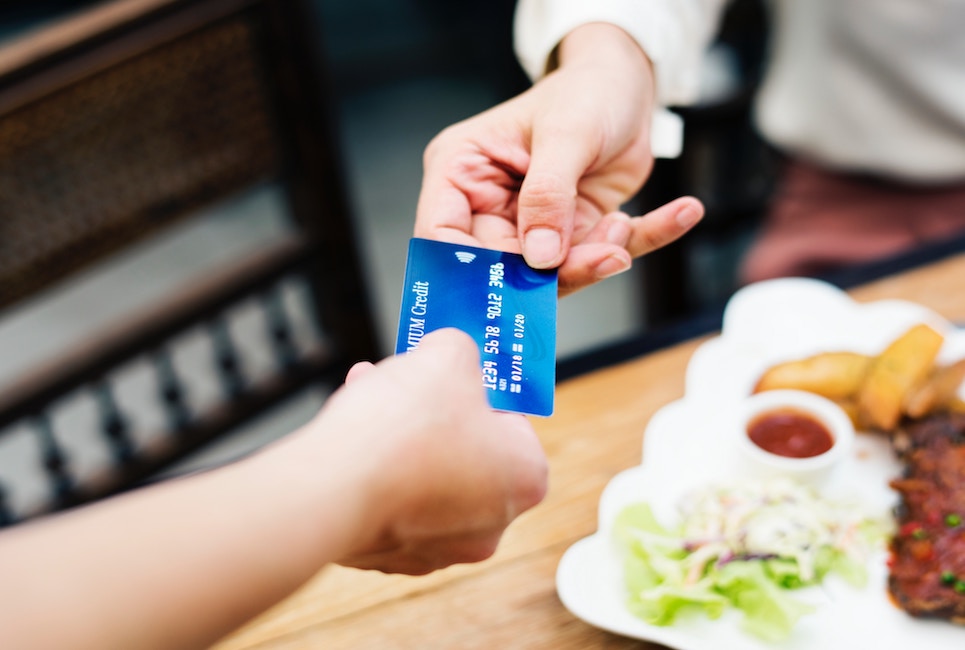
Why do people buy something?
Ever wonder why people buy anything?
What is the trigger? What makes them say to themselves “I must have this NOW”?
If they have been wanting it for a while, what made them finally add it to their cart?
If they just learned about it for the first time, what is it that made them act impulsively rather than research more alternatives?
You might think it is because the product is so good, and your pitch is so tight, that they are persuaded to buy.
That’s the kind of control we wished our product had in our customers, but it rarely works that way.
Need. Opportunity. Urgency. Scarcity.
The key to someone buying right then and there lies in the intersection of these 4 concepts: need, opportunity, urgency, and scarcity.
If you are in front of the deodorants section at the store, and you remember you’re about to run out and won’t be coming back to the store for another week, you’ll pick it up.
The Need: you are the kind of person who wears deodorant every day.
The Opportunity: you are at the store right now.
Urgency: the day when you wake up and have no deodorant is fast approaching
Scarcity: you don’t have new deodorants piled up in your closet. This is a scarce product in that you cannot obtain it with extreme ease.
This equation applies to anything you are selling.
Many of us focus so much time and money on making a great looking product and trying to convince people that they should buy it, that we forget that our customers make those decisions all on their own.
To better illustrate how this formula may apply to your business, let’s consider another example.
Suppose you are selling a fitness coaching program for working mothers.
Why should they sign up?
Sure, you are probably the best coach in the universe and you have the most revolutionary coaching program; but how does that translate into your ideal customer’s needs? And how are you creating the opportunity, urgency, and scarcity?
The way you would do this is by conducting a launch.
A launch is a marketing campaign designed around selling a particular product, and it is not restricted to only releasing a product for the first time. You can have a launch for the same product over and over again.
Here are some ways to take advantage of these triggers and get people to buy:
Tap into an existing need.
You are not trying to convince working mothers that they must work out (I don’t know about you, but nobody has ever been able to successfully convince me to do that); instead, you are looking for working mothers who have followed exercise regimens in the past, but somehow fell off the wagon, or mothers who know they should be working out and are waiting for a sign they should take action.
A need is very hard to fabricate. The need must already exist.
Put the opportunity in front of them.
Through advertising and social media posting, your offer must make it in front of your target audience’s eyes.
Your launch provides the opportunity for your customer to bump into your offer, creating the “I’m at the store right now” feeling.
You control the scarcity factor.
Your launch is a project: it starts on one day and ends on a specific date and time.
By making sure that your product is not available to everyone at any time; you have full control over the feeling that this product is not abundant. It’s only here right now. Take it or leave it.
There is an easy way and a hard way to create urgency.
The easy way is by simply stressing that your cart will close promptly in 2 days, which will get potential customers to feel the fire under their tail.
The hard way is to present your product as an imperative they cannot afford not to take on.
The latter method requires expert copywriting and a deep understanding of your customer’s journey and immediate needs. If done right, the results can be overwhelmingly positive.
The next time you are getting ready to launch your product, consider the 4 axes and make sure to provide an irresistible offer for your ideal customer.
Was this article helpful? Leave us a comment with your thoughts!






